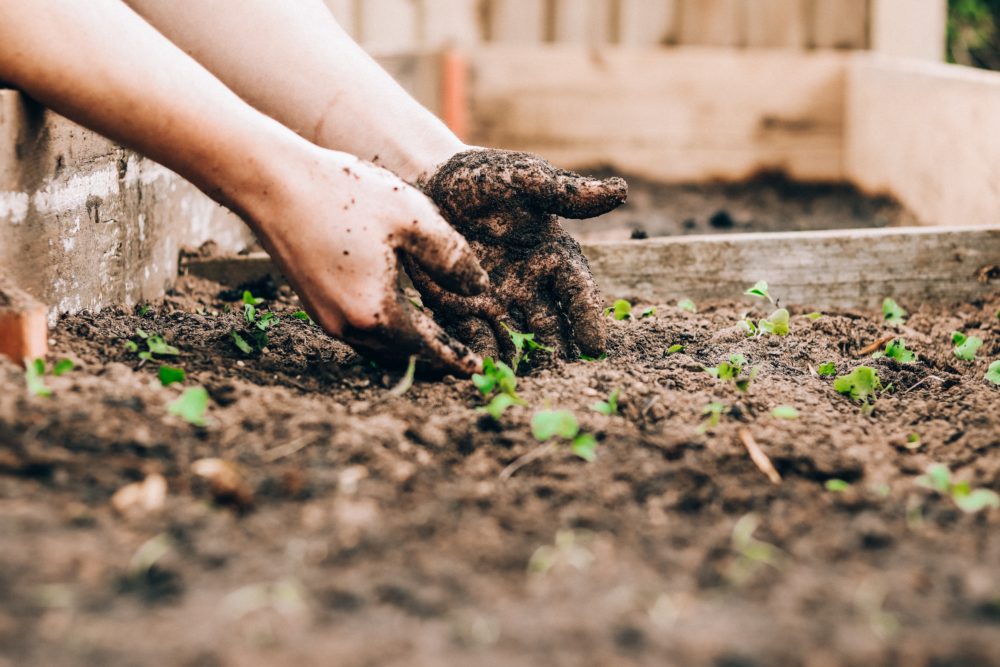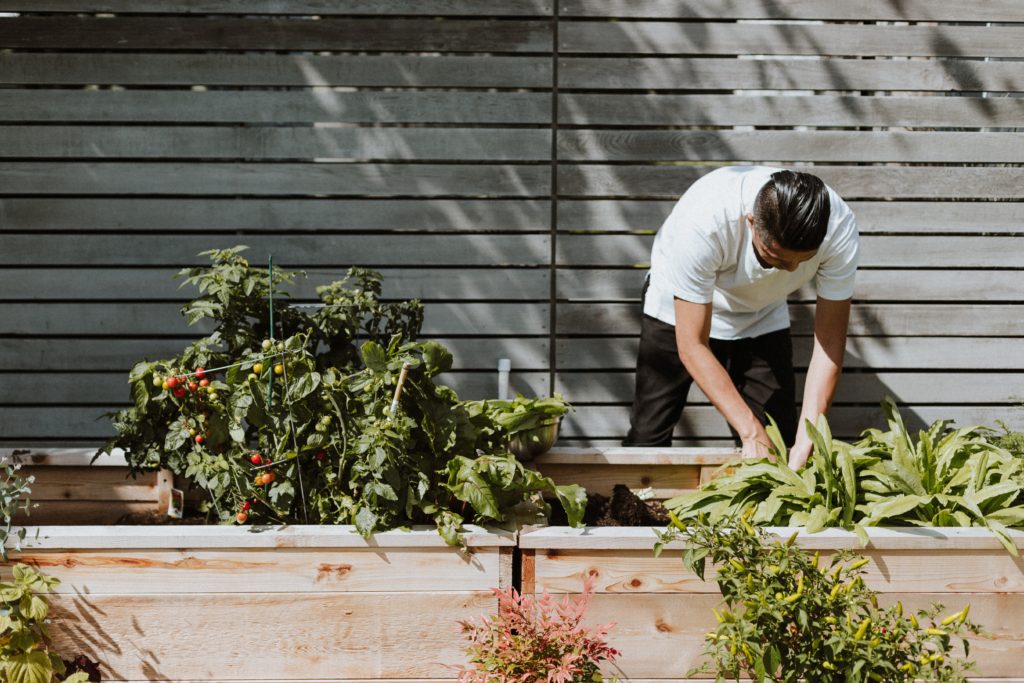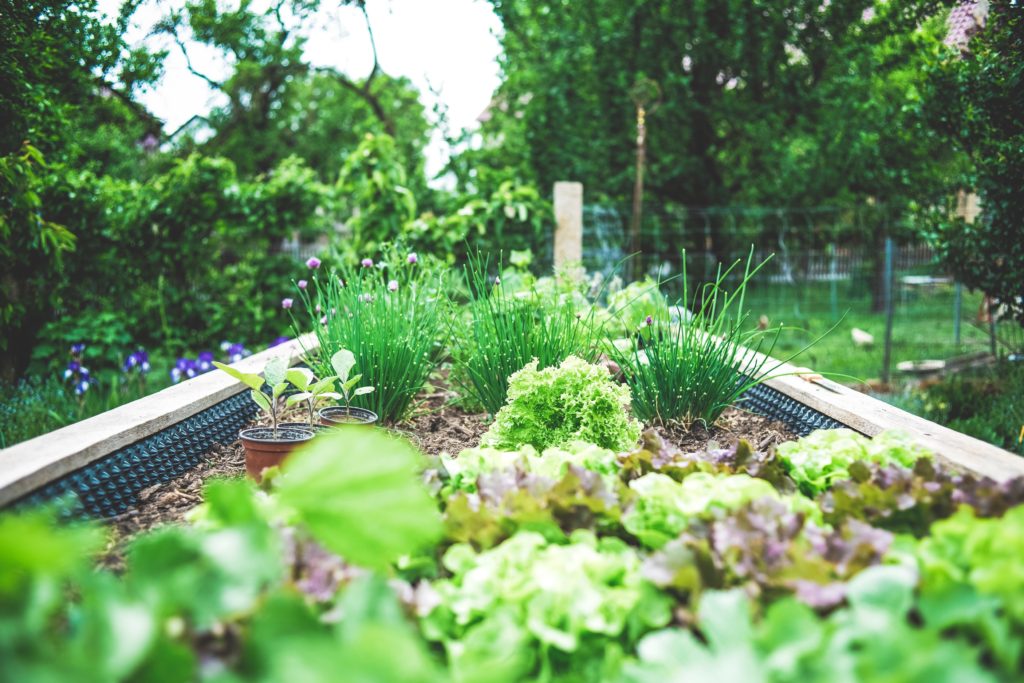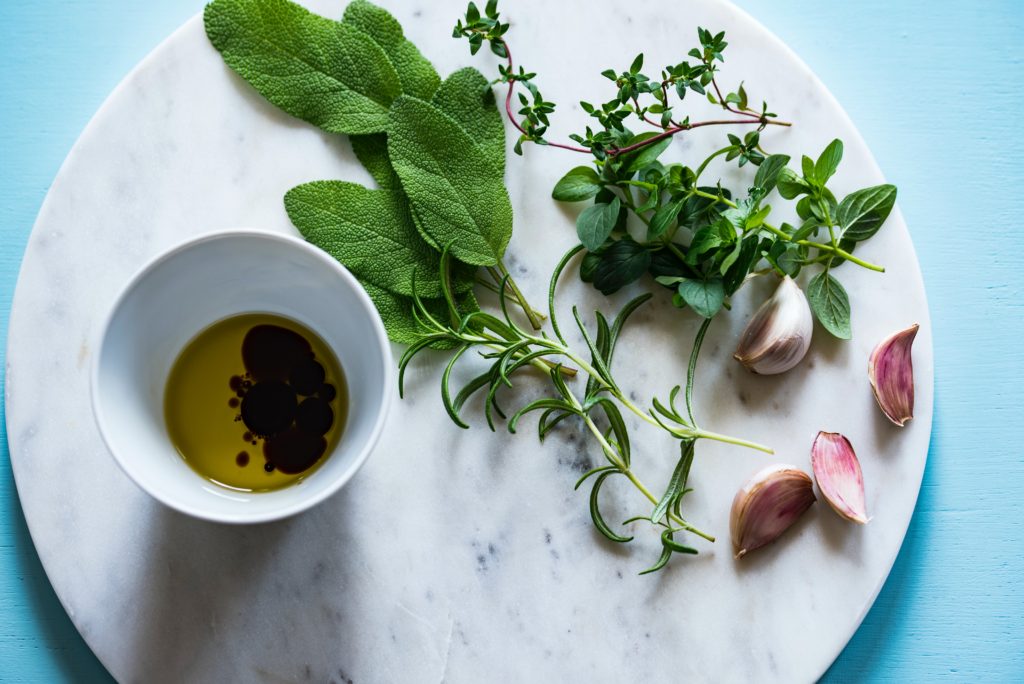
Foraging is a feel-good trend right now, building people’s social consciousness and awareness of the world around them through gathering foods that grow naturally in the forests and fields around them. But not everyone has access to environments that naturally harvest forageable foods, nor are they always substantial enough to make a dent in budget or wellbeing. So how can these plant practices be made accessible to all? Read on to learn about demi-foraging for your home.
Plan Your Home Around the Basics

Demi-foraging is giving yourself the opportunity to learn hands-on about edible plants that grow in and around your region while gathering a supply to eat. This can include adding to a potentially preexisting veggie garden while learning about safe foraging practices. Whether you’re utilizing a smaller, short-term growing environment like an apartment or a more long-term, larger environment like a house, you’ll need to do some planning for the layout and portability of your forage. Window boxes and pots can be great for small space gardening and would allow your items to be portable across moves and sun-to-shade environments. Raised beds, greenhouses, and open patches of land are great for those who have more space to work with and could be a natural incorporation to any sustainable home features you already might have.
Do Some Research and Networking

Perhaps one of the best parts of the plant-based and forager communities is that people are eager to share their knowledge, delve into niche topics, and teach you something you’d not known beforehand. Connecting with others can introduce you to a sustainable routine, help you set goals for your harvest, and give you experience outside of your home so that you know what plants are dangerous to consume.
What’s more, you can learn how to propagate foraged items, grow wildflower communities and even see different crop layouts and navigation at work in other people’s lives. From here, you’ll decide how you want to grow your demi-forage, whether through the propagation of foraged or bought plants or in the form of seed starters. When goal-setting, see if you have the space and bandwidth to create a food forest on your property. This will help determine if you want to grow in tiers to simulate a forest canopy-to-floor habitat or if you want to just focus on specific species.
Cultivate a Lifestyle of Growth

Just as the foraging community invests time back into itself, so too might you want to cultivate a home and lifestyle around the sense of resourcefulness and effective frugality that it represents. If you started your growing in an apartment and have been demi-foraging for some time, those savings can contribute to a whole slew of financial goals you might have. In the long-term, if you’d like to settle into a home to literally and metaphorically plant your roots, that money could put you in a great position for a 15-year mortgage. These plans allow you to know exactly what you’d be spending monthly while guaranteeing a faster, more aggressive payoff. Having less debt long-term will simplify your expenses and add to the resources you save by growing and picking your own foods. What’s more, by continuing to demi-forage these provisions, you can expand that into your new home and continue – if not expand – the cycle of money you save.
When bigger investments like a house aren’t in the cards, smaller ones can have their own substantial impacts on what you save when growing your food. Demi-foraging is a great place to start when learning about your region’s native species and how to harvest a more abstract portfolio, but it doesn’t have to end there. The more you grow and diversify your garden, the greater abundance you’ll get out of it.
Moreover, it gives you the opportunity to build on a strong foundation. Your crops have succeeded, you have a good routine going, and now you’re ready to build onto that sustainable groundwork. Rainwater collection systems, solar panels, and even selling your veggies at a farm stand can all act to reduce waste and cost when taking on this endeavor.
Reap What You Sow

After all is said and done, it’s time to eat what you’ve grown! Get creative here, experiment with spices and herbs you hadn’t utilized before, and cook in smaller test batches to find which flavors match best. Share recipes with your community and get family and friends involved in the tasting so that you can incorporate your crops into meals for bigger gatherings. Perhaps the best part of all this is knowing exactly where your food comes from. These fruits, veggies, nuts, and fungi don’t have to look pretty or be grocery store-ready, but they will be fresh, garden-to-table items you can be proud of.

